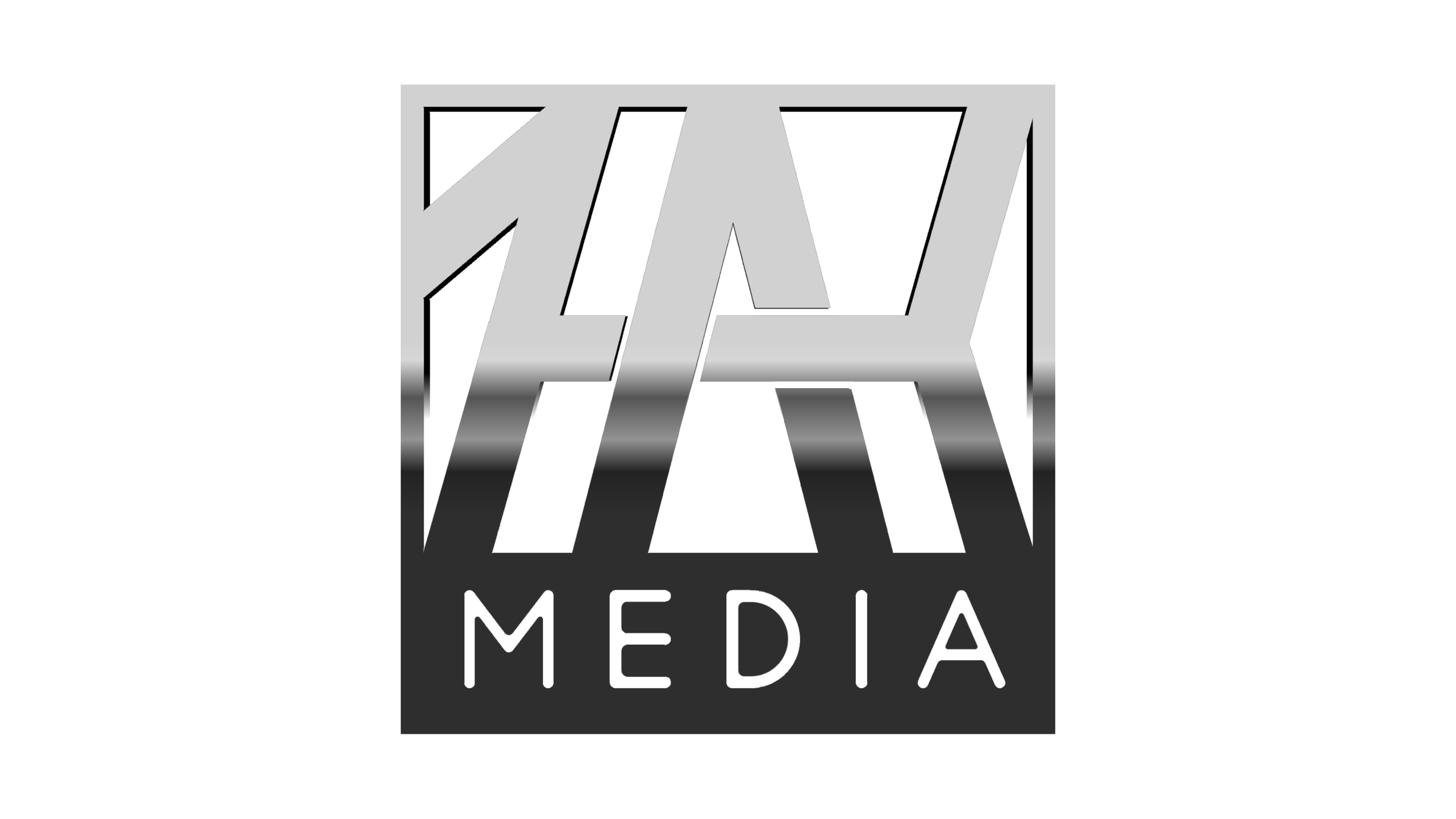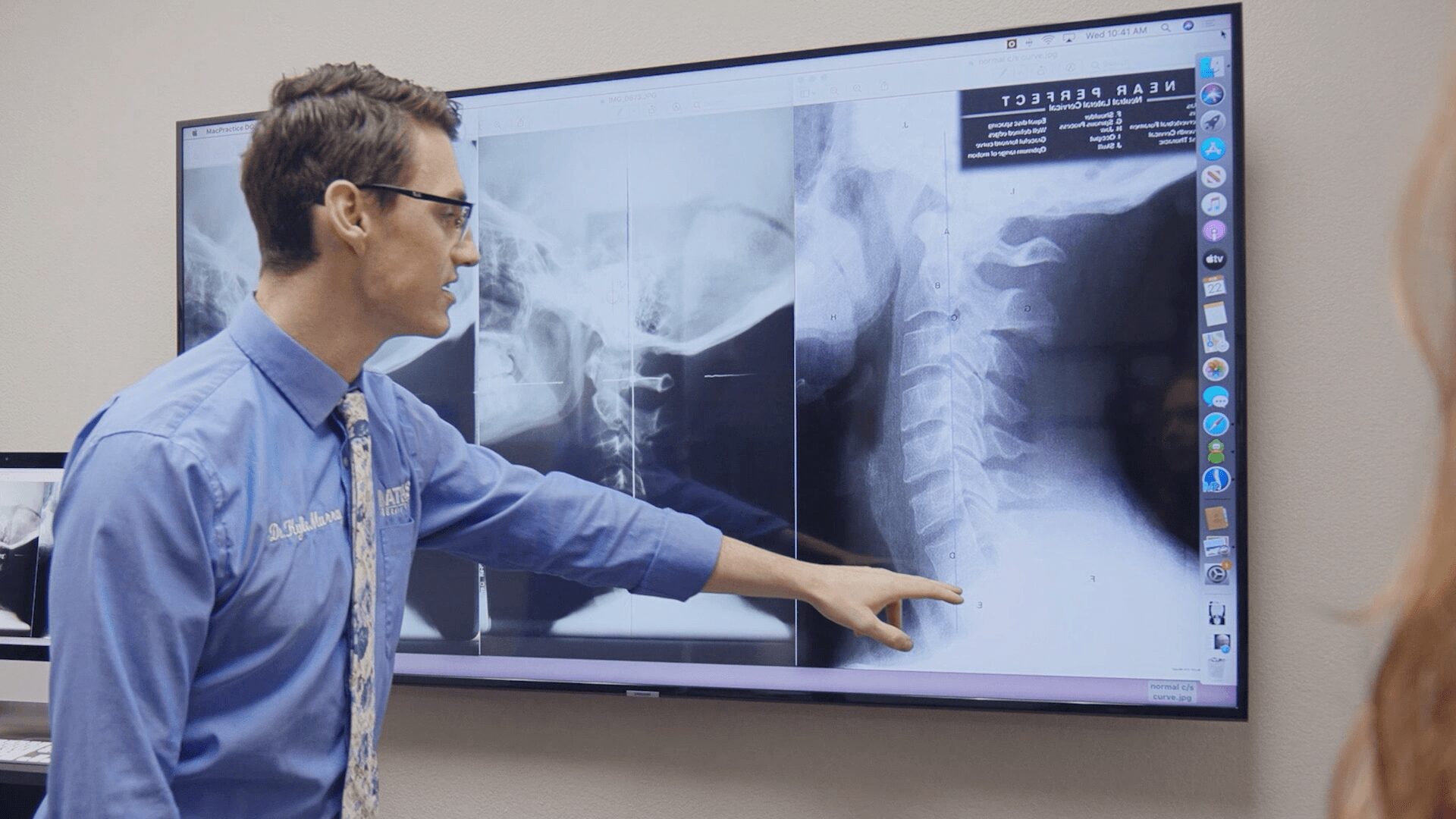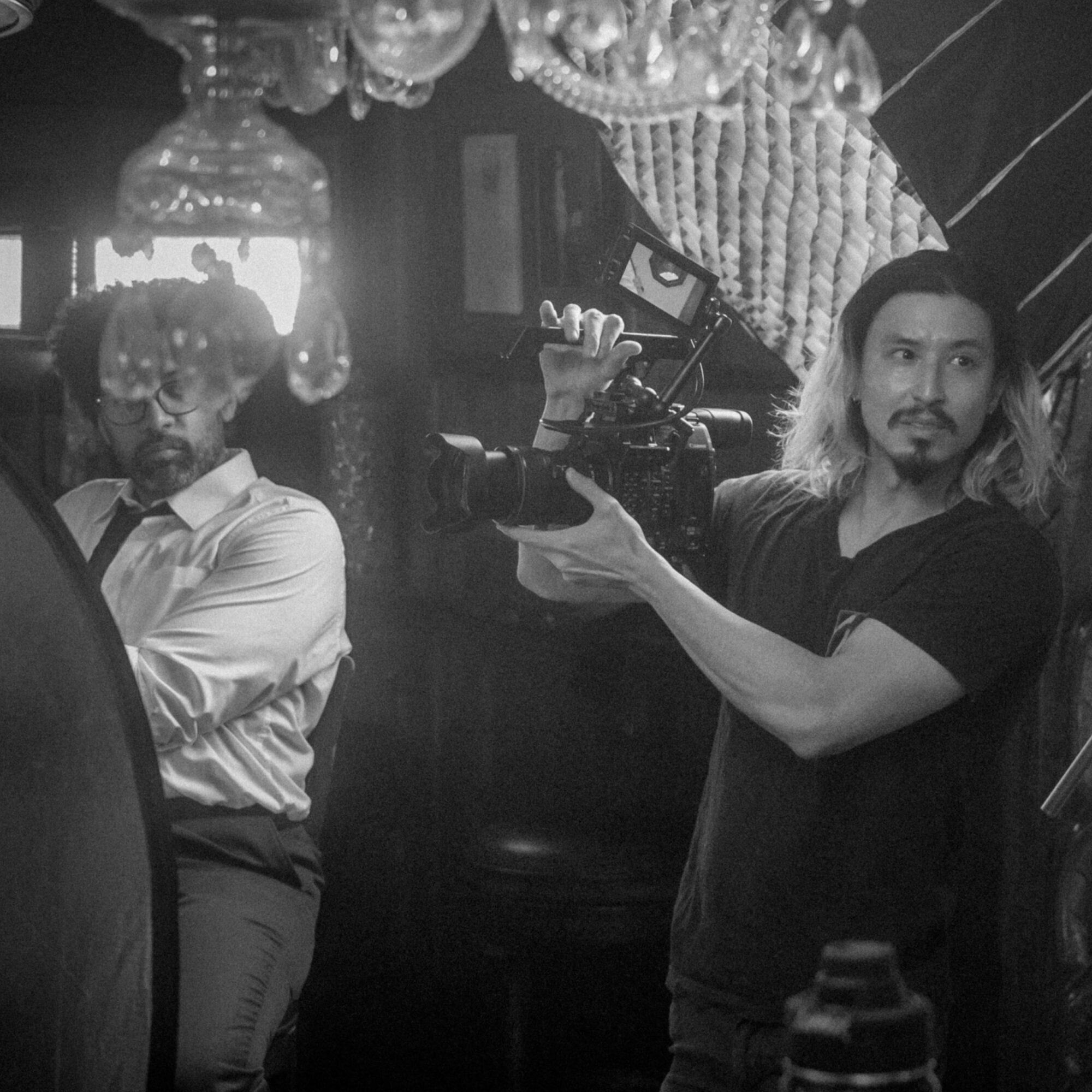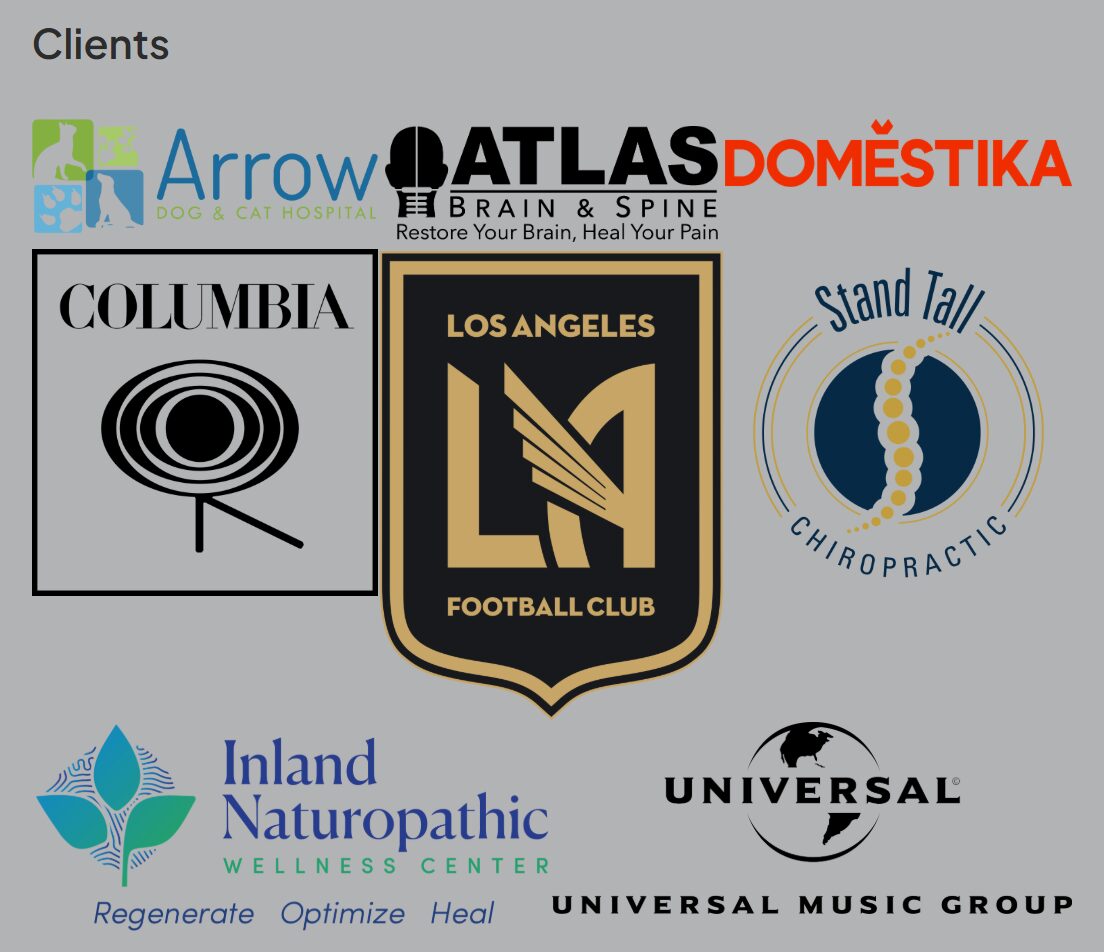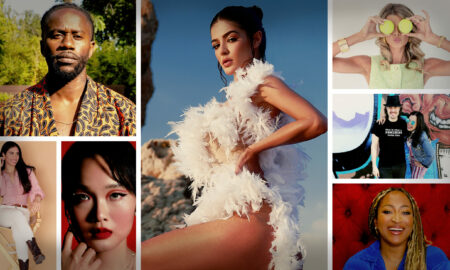

Today we’d like to introduce you to Hakim (Hak) Tatah.
Hi Hak, so excited to have you with us today. What can you tell us about your story?
I was raised by a Japanese-American mother and an Algerian father who was the first of his family to immigrate to the US. After growing up in the aftermath of the Algerian War, my dad came to America seeking stability and a better future, pursuing a career in engineering. Our family moved often as he navigated new job opportunities to try and sustain a life for us. I became good at adapting, learning to adjust to new cities and schools, but that constant uprooting made it difficult to form lasting friendships. I spent a lot of time alone, and in that solitude, I found a quiet strength in creativity. Drawing was my first outlet, a way to make sense of the world. But when I discovered YouTube in high school—something clicked.
I was captivated by early YouTube creators who were just filming their lives and finding community. They inspired me to pick up a camera and begin experimenting—filming myself, learning to edit, telling stories. One of my defining moments came at the end of my fourth year Japanese class during high school. They would take all the graduating students on a trip to Japan and I volunteered to record and edit our class’s trip. The teacher entrusted me with a camcorder to document the experience and I went wild. When we returned, I compiled the footage into a 90-minute film and screened it for the class. Watching people laugh, tear up—genuinely feel something from my footage gave me a rush I’ll never forget. I even remember a girl I had a crush on kissing me on the cheek after watching it. That moment cemented something in me—storytelling could connect people, make them feel seen, move them.
In college at the University of Iowa, I double majored in Computer Science and Film Production—compromising with my parents to balance the “practical” with my passion. College was a time of exploration. During my senior year, I took part in what was presented as a documentary study abroad program in India. It was marketed as a unique opportunity to capture and explore life in rural communities. What I didn’t know at the time was that the organization running the program wasn’t what it claimed to be.
I remember being taken to a deeply underdeveloped region near the India–Pakistan border. We were filming the conditions—villages of a different time—hut homes, women carrying water from wells on their heads, kids in rags who had never seen technology let alone camera gear. The kids were so intrigued and excited to be filmed and see new people. It was an eye opening and emotional experience already. Shortly after, we were stopped and detained by armed border agents. They interrogated us, accused us of being spies, and took our footage. At that moment, I was genuinely afraid for my life. I felt betrayed—the company had failed to make us aware of the danger they had placed us in. It lacked proper governmental permissions and didn’t disclose how risky the areas were—especially for foreign students with cameras.
It was a traumatic experience—but it also shifted something in me. It forced me to grow up fast and to understand that storytelling, especially documentary work, carries real responsibility. I learned that you can’t just show up with a camera—you need to have cultural context, ethical boundaries, and respect for the people and places you’re documenting.
Back in Iowa after graduating, I worked at a local TV station doing camera operation and teleprompting. My boss there saw something in me. Almost a year in, I had the opportunity to move up to a directing role but it was a long term commitment. I told her it was tempting, but I always wanted to try to make it in LA. She encouraged me to take my talent further. She said, “You’ve got to go to LA and if it doesn’t work out, there’s always a place for you back here.” I never looked back.
I started from scratch in LA. I freelanced—hustled. I founded a documentary YouTube series called The Doc Docs, where I explored niche aspects of the current society and culture, especially in the health and wellness space, interviewing forward thinking experts and businesses alike. This allowed me to build up my reel and reputation as a creator. One of the first pieces was an episode on Just Float, the world’s largest float therapy center. We immersed ourselves in the experience, exploring how sensory deprivation can be beneficial to mental health and emotional restoration. It was a beautiful convergence of documentary storytelling and wellness—exactly the kind of work I always wanted to do. Those early days were full of struggle and learning. Every project taught me something new—about people, about myself, about the power of stories.
Eventually, I founded Hak Media—a full-service media production studio based in East Los Angeles. We specialize in high-impact personalized storytelling and brand building. I’ve had the pleasure of working with big companies like Universal Music Group, Columbia Records, Domestika, and LAFC—and at the same time, producing ongoing content for holistic practices like Atlas Brain & Spine, Stand Tall Chiropractic, and Inland Naturopathic Wellness Center.
But there’s more to me than just the lens these days. I’ve always been passionate about wellness and community. That’s why I co-founded 333 Wellness Retreats. These monthly events combine mindfulness, breathwork, journaling, yoga and more, all out in nature—helping people slow down and reconnect with their roots. It’s been an exciting side project that is continuing to grow.
This journey hasn’t been linear, but it’s been aligned. Every chapter of my life—from the solitary kid moving cities, to the teen with a camcorder in Japan, to the documentarian on the border of India and Pakistan, to the filmmaker with a full-service studio, to the creator of a wellness community—has shaped me into the unique creative I am today.
And the best part? I’m still evolving, still learning—still building, still telling stories that matter. Why? Because we’re all interconnected, and true positive impact can be achieved through sharing experiences that—though not uniformly the same—can elicit a unified emotion. At the end of the day, storytelling is more than a career for me. It’s a bridge between people. A way to create harmony. And a lifelong reminder that when we see each other clearly, we can feel a little more deeply.
I’m sure it wasn’t obstacle-free, but would you say the journey has been fairly smooth so far?
Not at all—and I wouldn’t have expected it to be. Growth rarely happens on a straight path.
Moving so much as a kid taught me how to adapt quickly, but it also left me feeling disconnected. It carried into adulthood and shaped how I approached relationships, business, and creativity. When I moved to LA, I didn’t have a roadmap or a network. I juggled multiple odd jobs just to stay afloat while trying to carve out a space for my voice as a filmmaker.
There were plenty of moments where I questioned whether I was on the right path. Times when I poured everything into a project—only for it to fall flat. Times when the rent was due, and all I had was a half-finished pitch deck and a whole lot of hope.
Starting Hak Media was rewarding but isolating at times. As a solo creator building something from scratch, you wear every hat—creative director, editor, marketer, accountant—and that can be overwhelming. Add to that the internal pressure to make meaningful work, and the struggle becomes both logistical and emotional.
Even spiritually, I’ve had to work through burnout, sickness, heartbreak, and a lot of self doubt. That’s why my work has become so rooted in wellness and presence—because I’ve lived the imbalance and know how damaging it can be.
But every challenge refined me. It taught me resilience, patience, awareness, and self-love. And more than anything, it reminded me that the road doesn’t need to be smooth—it just needs to keep going.
Appreciate you sharing that. What should we know about Hak Media?
At its core, Hak Media is about helping forward thinking brands tell powerful stories that resonate. Whether that’s a social media brand campaign, a testimonial series, or a long-form documentary, we try to dig deep into human experience to create the most authentic work possible.
What sets us apart is the personalization aspect. Every project begins with listening. We want to understand the heart of a business, its people, and what it truly wants to say. From there, we craft visuals that feel human, grounded, and emotionally resonant. I believe in telling stories that move people, not just market to them.
We handle everything in-house—from scripting and shooting to editing and distribution strategy. That end-to-end control allows me to maintain quality while keeping costs accessible, especially for smaller businesses or organizations doing impactful work with modest budgets.
Over the years, I’ve been fortunate to work with a diverse range of clients—from music legends like The Temptations and Ringo Starr to mission-driven clinics like Atlas Brain & Spine and Inland Naturopathic Wellness Center. But what I’m most proud of is that every client feels seen and supported—whether they’re a global name or a grassroots healer. I care deeply about amplifying stories that uplift, educate, and inspire.
If you’re a business or creative who leads with heart, I’d love to connect. Follow us on Instagram @hakmedia or visit https://hak.media/ to learn more!
If you had to, what characteristic of yours would you give the most credit to?
Empathy.
It’s the thread that runs through everything I do. Whether I’m on a client call, behind the camera, editing late into the night, or holding space during a wellness retreat, empathy allows me to listen deeply and understand the truth of the moment.
Empathy also keeps me grounded. I’ve never like to focus on the outcome—because it might not happen in the way you think. I try to focus on doing the best and most authentic work I can in the moment. That requires paying attention, asking questions, and truly caring.
At the end of the day, I think people remember how you made them feel. And in everything I do, I always aim to leave people feeling seen.
Contact Info:
- Website: https://hak.media/
- Instagram: https://www.instagram.com/hakmedia/
- Facebook: https://www.facebook.com/hakmedia/
- LinkedIn: https://www.linkedin.com/in/hakimtatah/
- Youtube: https://www.youtube.com/@hakmedia1514
